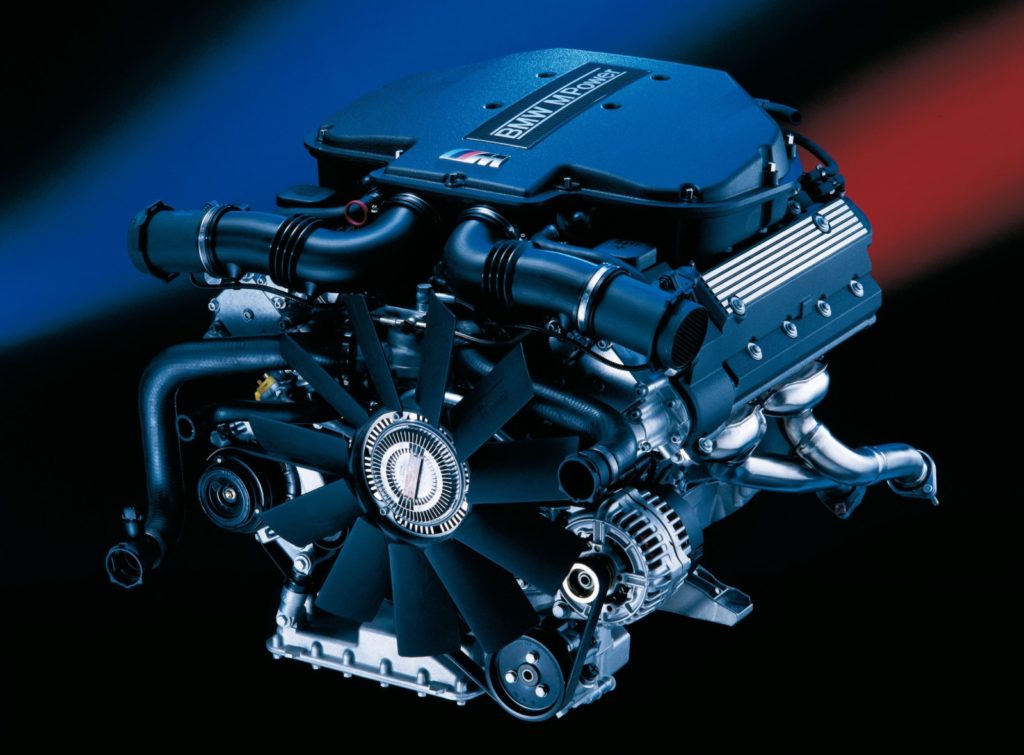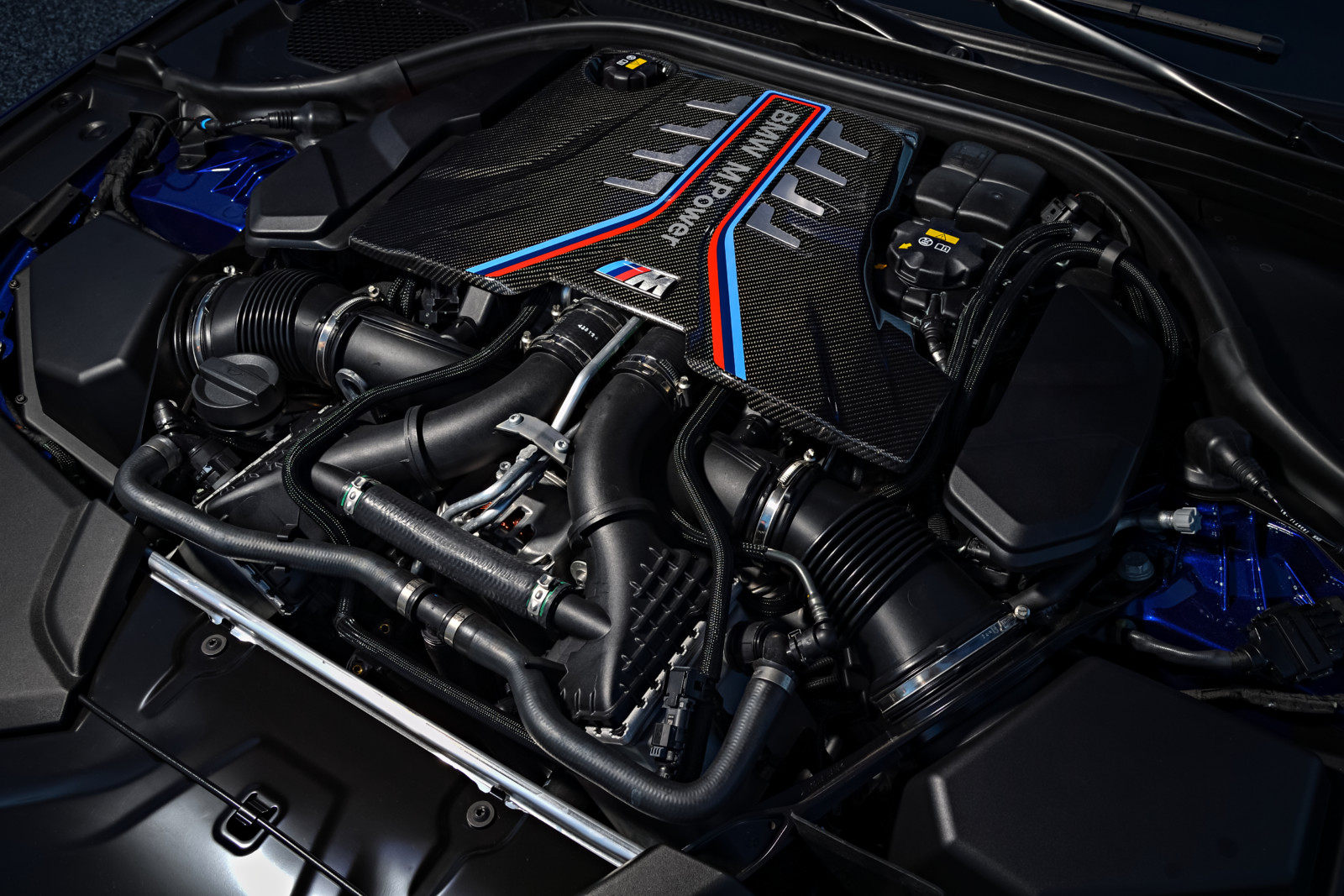Discovering the Performance Enhancements of the current BMW Engine Models
Discovering the Performance Enhancements of the current BMW Engine Models
Blog Article
Checking Out the Development of Burning Engines in Modern Transportation Solutions
As we navigate the landscape of contemporary transport, the development of combustion engines stands as a testament to human ingenuity and design expertise. From their simple beginnings to the sophisticated giants thrusting lorries today, burning engines have actually gone through an exceptional journey of development and adaptation. Recognizing the ins and outs of this development not only clarifies the past yet additionally paves the way for envisioning what exists in advance in the realm of transport modern technology. The interaction of history, modern technology, and ecological issues in shaping the trajectory of burning engines produces a narrative that is both insightful and engaging.
Very Early Beginnings of Combustion Engines
Exactly how did the principle of combustion engines very first arise in the very early phases of transportation development? The roots of burning engines can be traced back to the 17th century when the principles of interior burning were first explored.
The development moment featured the development of the very first successful gasoline-powered engine by Karl Benz in 1885 - bmw engine. This engine led the way for the advancement of the contemporary auto, revolutionizing transportation systems worldwide. Subsequent technologies by Nikolaus Otto and Gottlieb Daimler further refined combustion engine innovation, causing the mass manufacturing of automobiles and the rapid expansion of the transportation market
These early combustion engines were characterized by their simpleness and performance, laying the structure for the facility and effective engines utilized in contemporary transportation systems. The evolution of burning engines has actually contributed fit the method we travel and transfer goods, noting a substantial turning point in the history of transportation growth.
Change to Internal Combustion Technology
The transition to internal burning innovation marked a crucial change in the development of transportation systems. This change began in the late 19th century, with inventors like Nikolaus Otto and Gottlieb Daimler creating the very first successful inner combustion engines. These engines revolutionized transport by providing an extra effective and efficient choice to heavy steam engines and electrical motors.
Among the key benefits of internal burning engines was their ability to be reduced to match lorries, causing the development of bikes and automobiles. This change from bulky, fixed engines to compact, mobile ones led the way for the contemporary transport systems we see today.
The transition to inner combustion innovation additionally spurred innovations in fuel innovation, leading to the advancement of fuel and diesel as primary fuel resources for vehicles. This change not just made transportation a lot more obtainable to the masses but likewise laid the structure for the oil and gas industry to end up being indispensable to global economic climates.
Influence of Combustion Engines on Transportation
The adoption of burning engines in transport systems catalyzed a profound shift in the performance and rate of global movement. Burning engines changed transportation by offering a trustworthy and functional resource of power for numerous lorries, consisting of click here for more info vehicles, aircrafts, vehicles, and ships. This innovation considerably improved the capability for products and people to conform fars away in shorter timespan, leading to boosted connection between areas and countries.
Furthermore, the widespread use of burning engines has actually had a substantial influence on financial advancement. The capability to carry products efficiently has stimulated profession and commerce, allowing businesses to expand their markets and get to customers worldwide. This has facilitated financial development and globalization, as products can now be transported much faster and in bigger quantities than ever before.
Nonetheless, the ecological effect of combustion engines can not be forgotten. The combustion of nonrenewable fuel sources has actually caused air pollution and greenhouse gas emissions, adding to climate change and presenting health and wellness risks to populaces. bmw engine. Because of this, there is an expanding focus on developing different propulsion innovations to reduce these adverse impacts and create a much more sustainable future for transport
Developments in Burning Engine Layout
One noteworthy development is the advancement of turbocharged engines, which use exhaust gases to drive a turbine that compresses inbound air, permitting for even more fuel to be charred, resulting in enhanced power output without a substantial rise in engine dimension. Variable valve timing systems have additionally changed engine style by enhancing airflow at various engine rates, improving both power and effectiveness. These innovations collectively add to the constant enhancement of combustion engines in contemporary transportation systems.
Future Patterns in Combustion Engine Advancement
With technology improvements driving continual development, the future of burning engine development is poised to reinvent transport systems worldwide. One of the vital Continued trends in combustion engine growth is the press towards higher performance and reduced discharges.
One more noticeable trend is the adoption of hybrid modern technologies in burning engines. Hybrid engines incorporate traditional combustion innovation with electric power, supplying boosted fuel efficiency and lower discharges. As the vehicle sector changes in the direction of electrification, hybrid combustion engines are seen as a transitional service that connects the space in between traditional lorries and totally electrical ones.
Moreover, the integration of smart technologies, such as expert system and data analytics, is expected to play a significant role in the future of combustion engine development. These technologies can optimize engine performance in real-time, leading to more efficient burning procedures and boosted general automobile performance. Accepting these future trends will not just drive technology in burning engine advancement however also contribute to an extra environmentally pleasant and lasting transportation community.

Conclusion
In conclusion, the advancement of burning engines in contemporary transportation systems has actually been marked by significant innovations in innovation and style. From the early starts of combustion engines to the transition to inner combustion technology, these engines have actually had a profound influence on transport.
The roots of burning engines can be traced back to the 17th century when the concepts of internal combustion were initial checked out. These engines reinvented transportation by using a more reliable and powerful choice to heavy steam engines and electrical motors.

Report this page